Cell Noise and Anode Rod Current Fluctuation
The noise of aluminum electrolytic cell comes from the abnormal fluctuation of molten aluminum (magnetic fluid) and molten electrolyte in the tank. The noise generated in the production process of aluminum electrolytic cells can be roughly divided into two categories due to different causes: one is disordered noise (anode noise); the other is ordered oscillation (electromagnetic noise). The waveform, period, and frequency of disordered noise are disordered. The cause of occurrence is localized and sporadic. The waveform, period and frequency of the ordered oscillation (electromagnetic force noise) are orderly, and the frequency is low frequency (period 40-80s). The causes of formation are global and regular.
Disorder noise, most of this kind of noise is caused by anode process, so it is also called anode noise, because the frequency of this kind of noise is relatively high, it is also called "needle vibration". For the suppression of disordered noise, it is often effective to increase the pole distance. In order to suppress the orderly oscillation, the method of increasing the pole distance is adopted. Sometimes it doesn't work. In addition, the phenomenon of more and more disorder will occur. The suppression of this type of noise requires many measures such as adjustment, improvement of process specifications, and careful operation to be effective.
Anode short-circuit noise: During the production process, due to poor technology and operation, the cathode and anode carbon blocks will fall off and deposit, which shortens the local pole distance or even short-circuits the groove. At this time, the local anode current rises sharply, and the cell voltage (Slot resistance), the waveform of the anode guide rod current also changes accordingly. A distinctive feature of anode short-circuit noise is waveform spikes. Indicates that the electrolyte is broken down suddenly. There are many reasons for the short-circuit of the anode, such as the cracking and falling off of the anode carbon block and the accumulation of precipitates on the cathode surface. In short, this phenomenon only occurs locally and "sporadic." Increasing the pole distance is often effective in suppressing this noise.
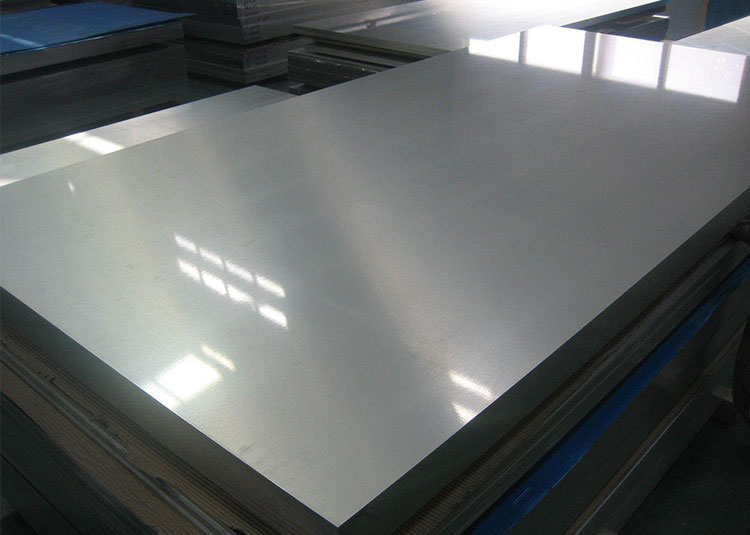
Aluminium Sheets
View Details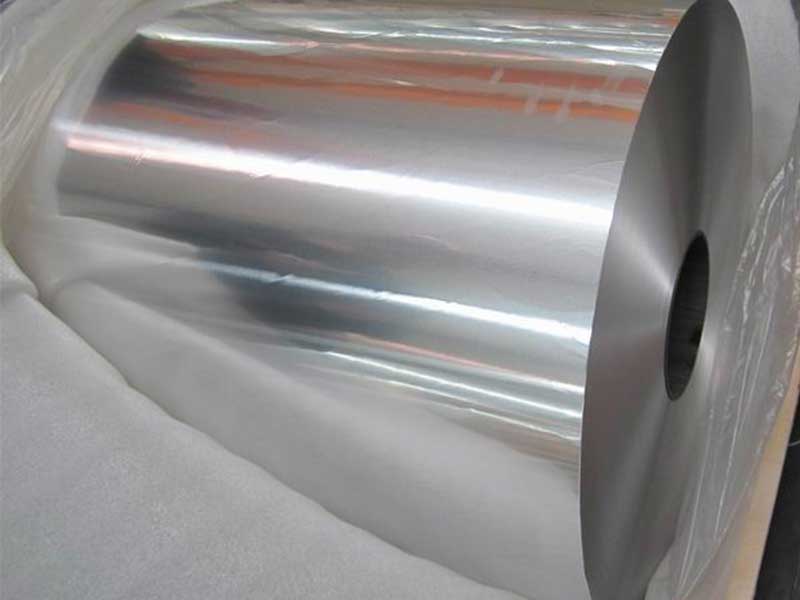
Aluminium Coils
View Details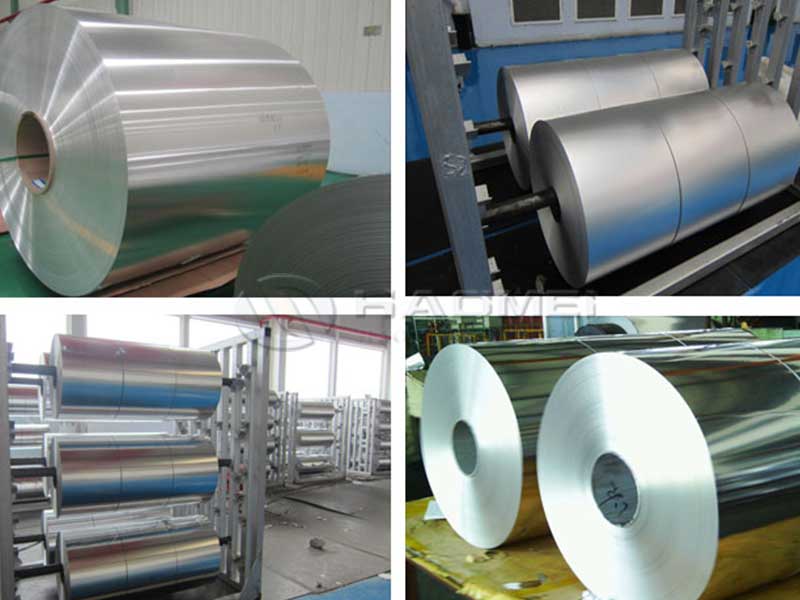
Aluminium Foils
View Details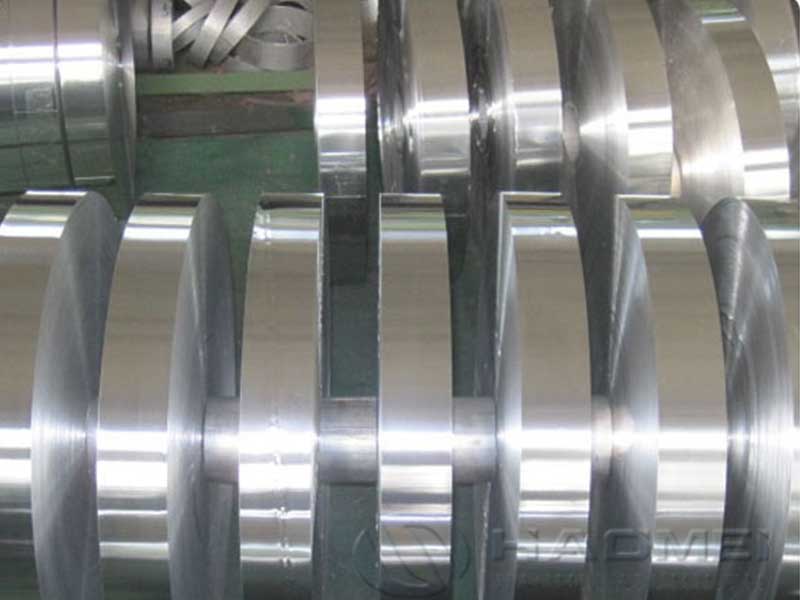
Aluminium Strips
View Details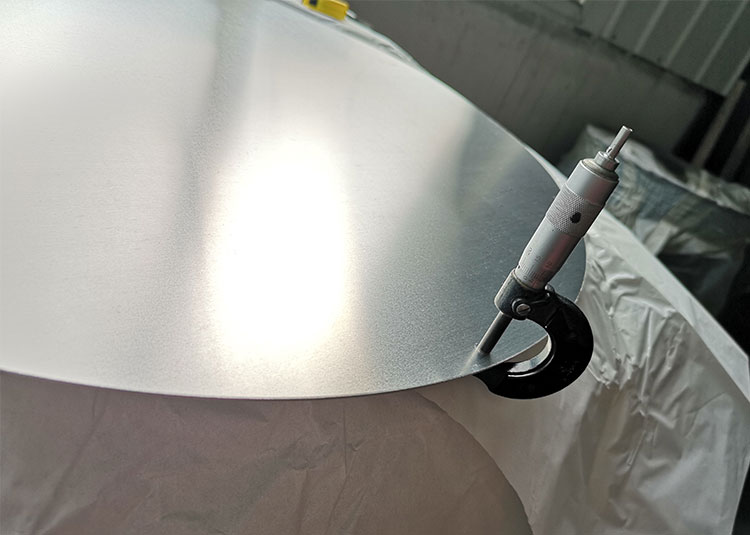
Aluminium Circles
View Details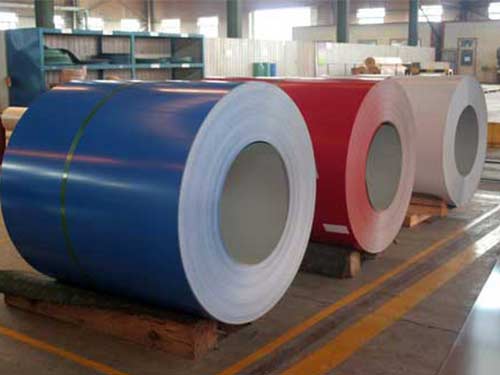
Coated Aluminium
View Details
Mirror Aluminum
View Details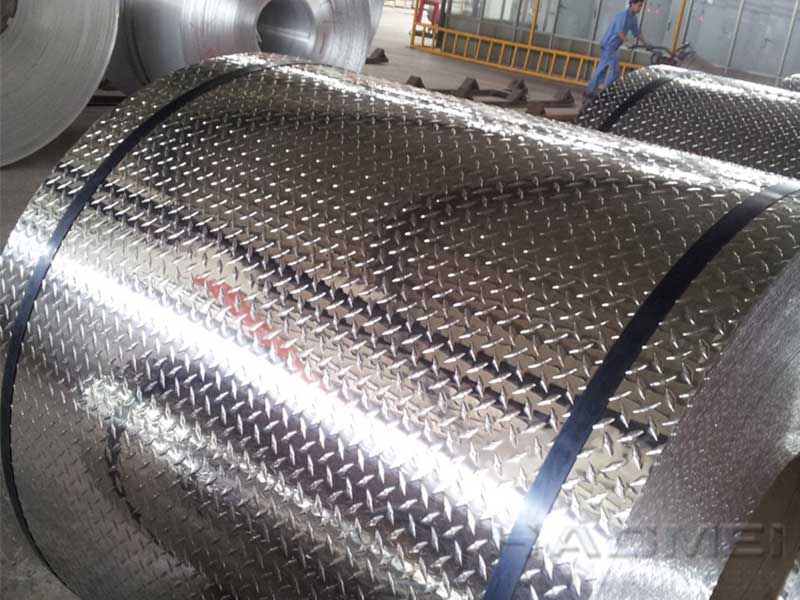
Stucco Embossed Aluminum
View DetailsAluminum
- 5056 aluminum honeycomb core
- .125 aluminum sign blanks whol...
- Aluminum traffic sign blanks
- Weak Market Demand Continued W...
- 3003 aluminum coil for insulat...
- 8011 O/H22/H24 aluminium foil...
- 5052 aluminium circle
- Attention to detail of surface...
- 1060 1070 Anodised Coil
- The Knowledge Before Casting I...
- super enameled aluminum flat w...
- 1100 h24 Aluminum Plate
- High-strength hot rolled alumi...
- 5052 flat aluminium craft wind...
- 1060 Aluminum tread plate
- 5A02 round aluminum rod bar Ch...
- 6061 aluminum rectangular bar
- Explosion bonded clad plate pi...
- The Characteristics of Aluminu...
- aluminum covered insulation